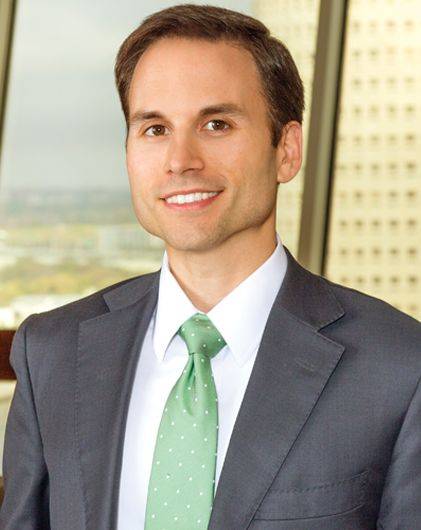Navigating COVID-19 Guidance to Reopen Your Gym
Many government agencies offer guidance to help businesses reopen while keeping employees and customers safe. Some guidance is more specific than others, but is rarely tailored to the unique considerations of gyms.
COVID-19 poses different risks for gyms than other businesses. Customers are breathing heavily and sweating, often in confined spaces. The same equipment is touched by many people, and much of the equipment is immovable, making social distancing difficult.
How can you determine what agency’s guidance applies to your gym? And what other factors do you need to consider?
Occupational Safety and Health Administration (OSHA) guidelines
OSHA issues guidance based on the particular industry involved and a workforce’s level of risk for COVID-19 exposure.
Most of your workforce interacts with customers, sometimes within 6 feet, who are not known or suspected COVID-19 patients. This puts them at medium risk under OSHA’s standard, which could warrant taking additional industrial or administrative protections. Your back-of-house workers who do not interact with customers, like human resources or accounting staff, are at low risk and warrant different considerations. OSHA’s guidance on preparing workplaces for COVID-19 includes advice by risk level.
OSHA has not issued gym-specific recommendations, but its retail guidelines are comparable in many respects. Many of these guidelines apply to gyms, too, and can serve as a helpful reference.
Centers for Disease Control and Prevention (CDC) guidelines
The CDC’s cleaning and disinfecting guidance is vital for gyms given the increased level of contact with various equipment, such as free weights and treadmills. Implement rigorous cleaning protocols not only for your workers, but also for your customers. The CDC’s planning tool can help you create your own cleaning procedures.
State and local orders
These orders may contain more specific guidance. For example, Texas released minimum standard health protocols for gyms and exercise facilities. Be familiar with county or local guidance, as well, especially if it differs from your state’s guidance. Most state and local orders follow recommendations from the CDC.
Other considerations
Personal protective equipment
- Do employees need extra PPE?
- Workers may need gloves when cleaning and disinfecting frequently touched surfaces.
- If you have a staffed check-in area, these employees may need gloves or eye and face protection.
- Will you require face coverings for customers?
- Will you require face coverings for employees?
- Customers may appreciate seeing staff wearing masks.
- If requiring masks, consider providing them or reimbursing employees for buying them. In some states, this is required.
Social distancing
You should implement social distancing. Most state and local authorities recommend or require it. Customers will expect you to have these protocols in place.
How can you encourage social distancing?
- Try flexible work sites, like having administrative staff telework.
- Try flexible work hours, like staggered shifts.
- Increase physical space between employees.
- Increase physical space between employees and customers, or use partitions.
- Downsize operations or limit access to certain areas of the gym.
- Consider closing locker rooms or shower facilities.
Employee screening
Screening is important for gyms due to frequent employee interaction with customers. Though federal agencies do not require it, local authorities might.
How can you screen employees?
- Monitoring. Encourage them to report symptoms of or potential exposure to COVID-19 to a workplace coordinator. You can ask them about symptoms and travel history, but be cautious about what you ask to minimize the discovery of disability-related information. Confidentially handle all responses.
- Temperature screening. The Equal Employment Opportunity Commission has advised that employee temperature screenings are permissible under the current pandemic situation. Decide how you will conduct screenings and whether employees or a third party will conduct them. If employees conduct the screenings, provide PPE and train them on confidentiality, safety, and the screening process. Keep in mind that temperature screening is considered a medical exam. Any records should be kept confidential and separate from personnel files. Temperature screening should be administered indiscriminately across your workforce.
- Testing. You can also test employees for COVID-19 before they enter the workplace, but be advised that there are many logistical issues associated with conducting testing. All tests must be “accurate and reliable” to be permissible.
Also, consider temperature screening for your customers, consistent with the above guidance.
Understand that these are recommendations—they are not required. But you should implement various precautionary measures to keep employees and customers safe. Promote the steps you are taking to give customers a sense of comfort as they get ready to return to the gym. Also, document the measures you adopt if legal issues later arise challenging the safety of your facility.
Please contact Jason Pill or any other member of Phelps’ Labor and Employment team if you have any questions or need compliance advice and guidance.


